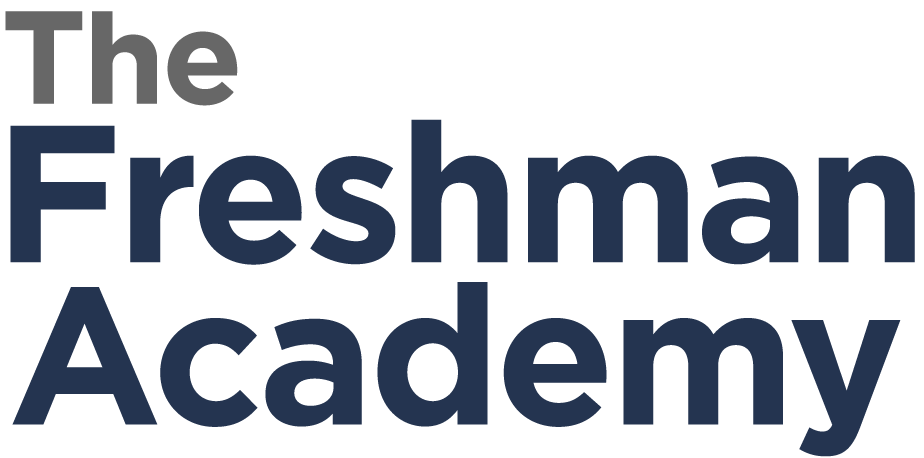Summer Connections: The Schedule
Connections is ten days long. We start at 8:00 and end at 3:15. In ten days students go from concerned eighth graders to more knowledgeable freshmen who can better manage themselves and lead others through the first month of high school. They are still nervous, but knowledge and experience are good ballast for the open waters of high school.
8:00 – 8:30 Opening
8:35 – 9:25 Period 1
9:30 – 10:20 Period 2
10:25 – 11:15 Period 3
11:15 – 12:00 Lunch @ Anne Sullivan Elementary School
12:00 – 12:30 Independent Reading
12:30 – 1:00 WHS Speakers
1:00 – 3:15 Training for Success
“Opening” happens at 8:00 every day at Connections. We start in the gym. Students come to the gym before class and languish in small groups or sit against the cement brick or wander aimlessly about hoping to find someone to talk to. When the whistle blows everyone jumps and runs to stand on a large red rectangle that is tapped to the floor of the gym. The timer stops when every student has both feet on the red line.
It’s a compliance check. It’s a wake-up call. It’s an opportunity to open the morning with excellence. And if the line-up isn’t excellent, students are sent back to the wall and we try again.
We do announcements for a few minutes and then a 20-minute activity to get the blood pumping. We will discuss those activities in another segment.
Following the “Opening” students head to class. They will attend three classes during the next couple of hours: High School 101, English, and Reading.
High School 101 is just that. It’s an overview of high school and how high school works. We cover organization, credits, building layout, GPA, class rank, transcript, dress code, and the like. This time is often used to set up the afternoon activities.
Biology introduces freshmen the the concepts and some vocabulary of this first science class of high school. Students participate in labs and do special projects that the small class size and time of year allows.
Reading covers a novel during Connections. We use a variety of classroom instructional techniques to read and discuss a book. Lately we have used a book called Pop by Gordon Korman.
Each period is 50 minutes, just like regular high school. Students are put in teams of 8 to 12 students and travel with this team through all three classes. Usually there are two teams in each class period, so class sizes are about 16 to 24.
We are then off to lunch. The city has a free lunch program for all students under the age of 18. We moved one of the sites for that lunch program to an elementary school that shares our same plot of land. We walk there. It is a great opportunity to get outside and walk the 1/3 of a mile to lunch.
During lunch students complete a variety of activities at their lunch tables. These activities can be games, get-to-know-you activities, and competitive challenges.
When we return from lunch, we have silent reading in the auditorium. Teams are assigned two rows of the auditorium floor and have to sit at least five chairs away from another student. This also allows one teacher to supervise the whole group. Students read silently from Pop or from a novel of their choice for 25-30 minutes.
We then migrate to our little theater, which will hold about 125 student. It’s a perfect size for our daily speaker. Over the course of the 10 days we have nine speakers come and present to the freshmen. All four our our administrators present. One of our counselors presents. Our at-risk coordinator and our school resource officer also present. Each one has a unique perspective of the school. Students rank these presentations very high in the final evaluation of the program. We also have our mentors, who are our upperclassmen that lead the teams, present a panel discussion. Students write questions about how high school works during High School 101. I combine and format those questions and host the panel discussion.
Following the speakers we move into our afternoon activities. These activities are designed to do the following:
1.) Orient students to our building
2.) Create a common experience for team building.
3.) Building relationships within each team.
4.) Create opportunities to talk about how high school works and how we respond to the challenge of doing high school well.
5.) To have a blast!
These are our present list of afternoon activities:
A Tour in 12 Pictures
Stations – Six Places Freshmen Need to Know How to Manage
Warrior Olympics I and II
Walk of Silence I and II
Drama on the Stage
The River
The Amazing Race
Closing Ceremonies
The day ends with a debrief in the Little Theater. Mentors are trained to observe feats of courage done by freshmen. As we sit together, mentors stand and tell the story. A freshman had a great idea. A freshman demonstrated courage. A freshman lead well. A freshman was encouraging to another freshman. After the mentors have spoken, the freshmen tell stories about each other. After each story is told, the rest of the room claps three times.
And then we go home and do it again the next day.

